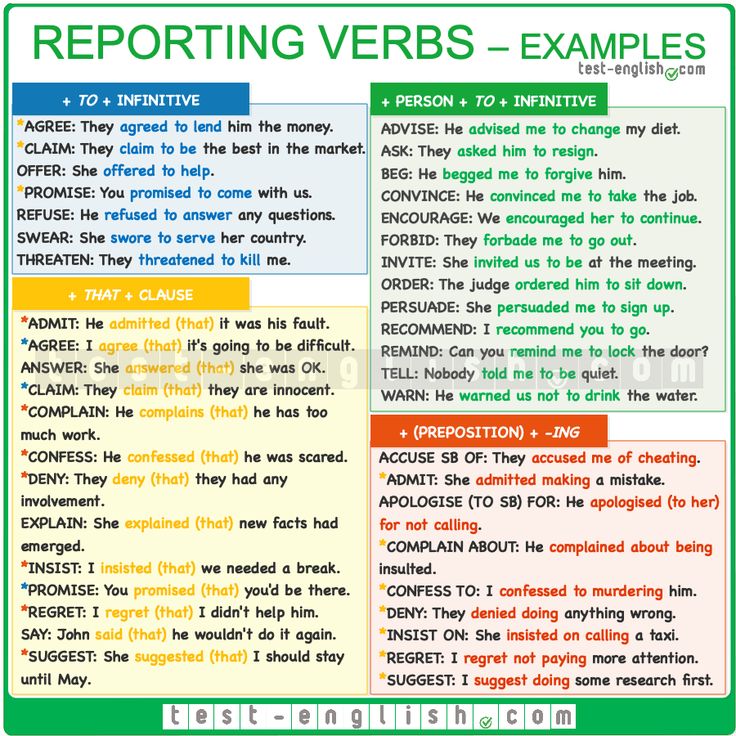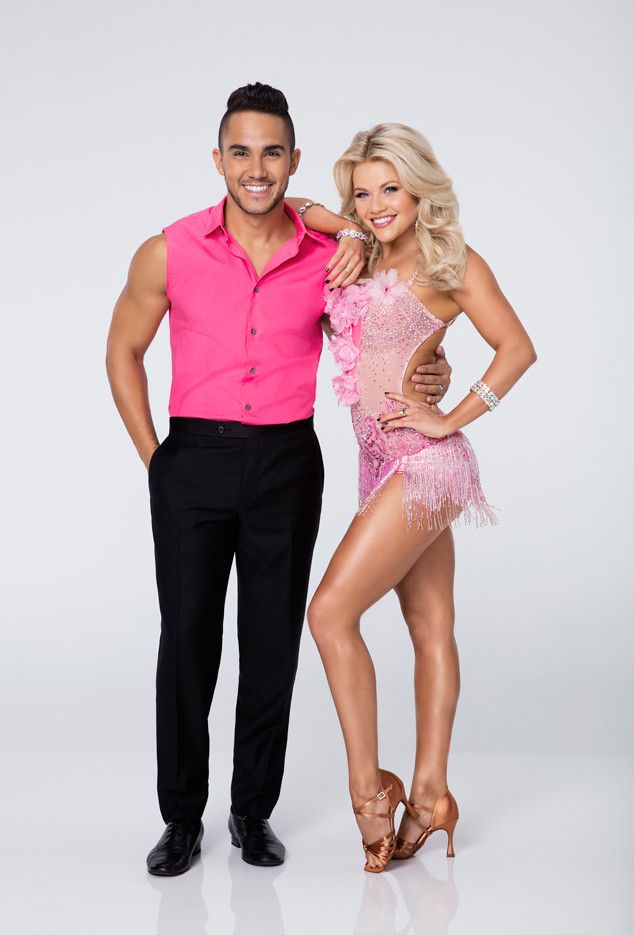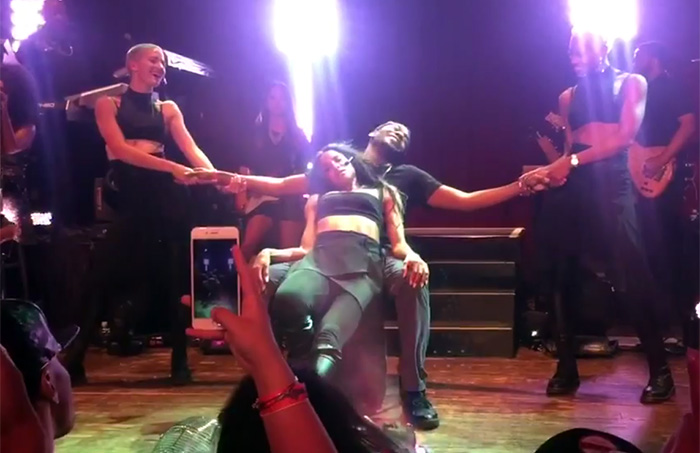How to do the crazy legs dance
This Is How You Do ‘Crazy Legs’ On Roller Skates | Where I Go
by Whitney Clavin |
Every Thursday night, my friend Amy and I arrive at Moonlight Rollerway on a lonely industrial strip in Glendale in the blouses and pants we wore to work and throw on leggings and baggy shirts in the bathroom. We’ve got a few pairs of matching, patterned leggings—our favorite space-themed set (think swirling nebulas and stars), one with neon tiger stripes, and a new, racier pair with netted stripes up the sides. I shove on worn beige skates with purple laces while Amy puts on white skates with orange laces. And then we shuffle across a black carpet with little rainbow patterns and glide onto the polished wood floors. Under a disco ball and glittery banners, we dance.
While Thursday at Moonlight is technically “kids’ night” (no age limit), we think of it as R&B night because the DJ plays rhythmic beats that inspire the bouncing and rolling hip-hop-like steps of our dance routines: “Bounce, Rock, Skate, Roll,” by Vaughan Mason and Crew, “Lay With You,” by El DeBarge. We used to skate Mondays at Moonlight, an adults-only night, but the music—mostly Top 40 and rock—wasn’t as good. Some of the songs work—such as “Blurred Lines” by Robin Thicke—but it’s really hard to groove to Bon Jovi.
We also come because Thursday nights aren’t that crowded, so we have plenty of space to practice routines and tricks. Lately, we’ve been learning to do “crazy legs” all the way up on our toes. We like to watch advanced jam skaters like Marcus, a rink guard in a black-and-white referee shirt whose rubbery legs swerve around like Gumby’s. Marcus impresses the crowd during the designated “advanced backward skate time” by rolling around while doing splits. One night of skating costs $9.
Amy and I usually spend about two or more hours at the rink, mostly skating, with one snack break to chat. We get water and popcorn and plop down on a carpeted bench for about 15 minutes to talk about everything from life goals to glitter nail polish. Even though Amy and I are both in our 40s, it’s nice to feel as if we are 14 again.
Skating makes me feel calm and elated at the same time. It’s like flying. I’m free. I first put on skates when I was 4 years old. Growing up in Mountain View, California, my sister and I skated everywhere—to buy Now & Laters at the 7-Eleven, to friends’ houses, and to the cement skate rink at our elementary school, where we’d practice doing the “orange,” a basic spin. Trips to the big, indoor rink in Milpitas were a special treat.
When my now-husband and I moved to Los Angeles from New York 11 years ago, I started to show up at Moonlight by myself, drawn to the nostalgia of the rink and craving a good heart-pumping roll. One day, Bret McKenzie and Jemaine Clement, the guys from the HBO comedy show Flight of the Conchords, were there teetering around on rentals. My friend Jen had come with me that night, and we were both freaking out. Bret approached us, asking if we would like to skate in his band’s music video adorned in disco clothes. We played it cool, pretending we had barely heard of the show, but literally jumped up and down when they left.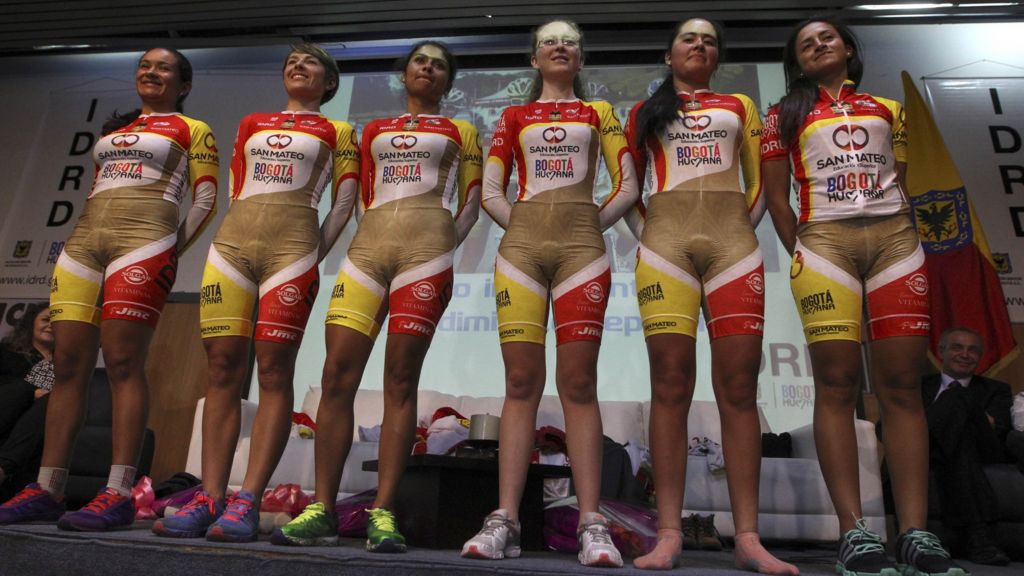 About a week later, we spent a day with Bret, Jemaine, and a small group of skaters, filming their “Ladies of the World” music video in Venice Beach. You can see me leaning against a tree on the beach in an orange one-piece bathing suit in the beginning. (My only quibble is that skaters would never ever really stand in the sand!)
About a week later, we spent a day with Bret, Jemaine, and a small group of skaters, filming their “Ladies of the World” music video in Venice Beach. You can see me leaning against a tree on the beach in an orange one-piece bathing suit in the beginning. (My only quibble is that skaters would never ever really stand in the sand!)
Because of Moonlight, I also ended up as a background skater on the set of Cold Case, shooting an episode about a 1970s murder case involving a roller rink. That’s where I met my mentor, Nelson. Nelson wears a gold roller skate necklace and chain and an impressive, sculpted roller skate belt buckle. There’s no other skater like Nelson, who smiles like a Buddha during his minute-long spins. Nelson learned to skate in the early 1980s, right after he moved to the U.S. from El Salvador, and, to this day, he still skates up to six nights a week in the Los Angeles area. He taught me all of the basic dance skate moves at Moonlight years ago—and a routine called the “downtown,” a series of bouncing, rolling, and spinning moves. Nelson also talked me into checking out the temple of skate dance that was World on Wheels.
Nelson also talked me into checking out the temple of skate dance that was World on Wheels.
World on Wheels, in midtown Los Angeles, was a pulsating, whirring dance party on skates. You paid your $10, pushed through a heavy buzzer door, and joined people of all ages, from 15 to 75. We skated together for exercise, to socialize, and melt stress away, to R&B, funk, soul, and hip-hop, holding hands and bopping around the rink. Many of the skaters had been going there for decades, since opening night in 1981. People wore jeans and fitted tops, and some of the skaters had loafer shoes fashioned into skates with tiny wheels. Sweat rags hung out of back pockets. I learned the “grapevine” at World on Wheels, a zigzagging move where you glide sideways as you cross your feet, moving from toes to heels.
Last year, World on Wheels closed. Roller rinks are on their way to becoming an endangered species in Los Angeles. Skate Depot in Cerritos, where many of the World on Wheels veterans ended up going, and which hosted hundreds of skaters from across the country each year for a raucous Memorial Day weekend skate party, is reportedly shutting its doors this August.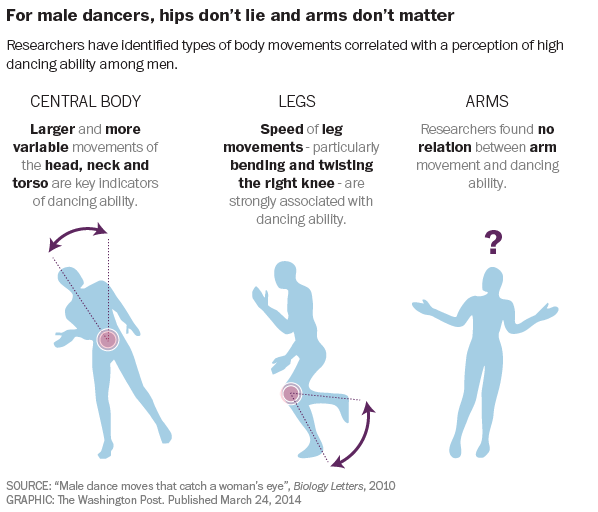 With the closure of World on Wheels and Skate Depot, that crew will probably drive all the way to Skate Express in Chino and Skateland in Northridge.
With the closure of World on Wheels and Skate Depot, that crew will probably drive all the way to Skate Express in Chino and Skateland in Northridge.
There are a few other places to skate that are closer to home. Amy and I try to go once a month to Venice Beach, where you can perform outdoors on a little cement circle for the tourist crowds who watch from hilly lawns. The rink is too small to whip around in laps; it’s better for tricks and routines. The music there is my favorite of all the places we roll. They play everything from Rihanna, Drake, and Snoop Dog to upbeat remixes of pop songs like Gotye’s “Somebody That I Used to Know.” The Venice skaters are a diverse bunch of black, Latino, and white folks, mostly over the age of 40. Pam—an icon of the Venice skate scene—is a volunteer who runs the music set-up both Saturdays and Sundays. She wears black shiny leggings and keeps her curly red hair in a ponytail under a visor. She and the Venice regulars break-dance, getting down on all fours to kick up their wheels.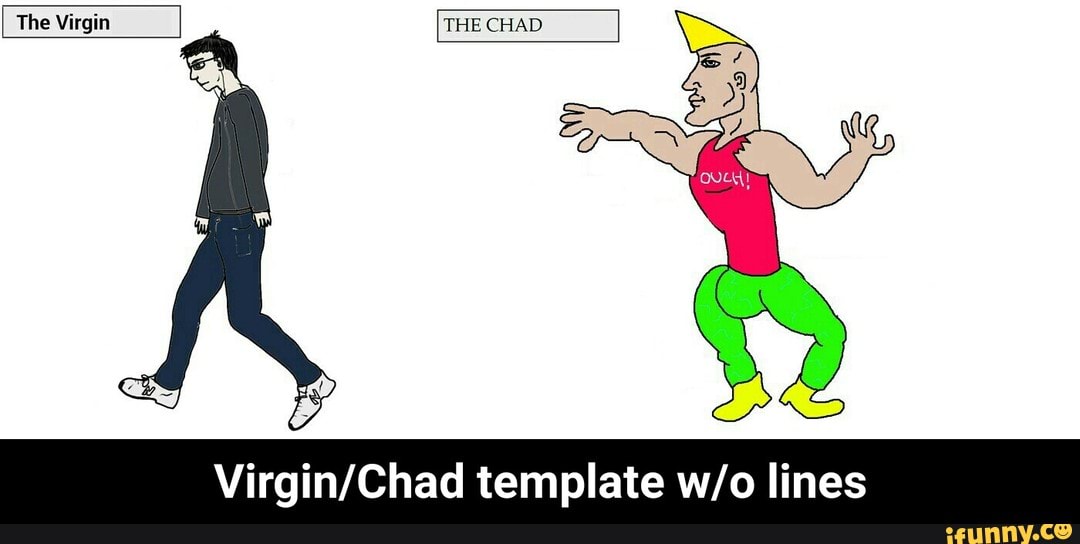
But for our regular fix, Amy and I head to Moonlight, which thankfully doesn’t appear to be going anywhere any time soon.
Kids’ night isn’t ideal for us dance skaters. Sometimes, the owners stop the free skate to play the dice game. It can happen when I’m right in the middle of bouncing to “Happy” by Pharrell. The skaters on the floor have to go to one of four corners, each of which are assigned a number. A giant fuzzy dice is rolled; if your number’s called, your corner has to get off the rink. Once, I was the last standing, winning a free orange soda.
Typically, only a handful of kids show up to skate. They range in age between about 7 to 12 years old. Occasionally, rowdy teenagers spill all over the floor as they try to race around on wobbly legs. I’d estimate Thursday nights draw about 50 or so people in total.
This past Thursday, as Amy and I were sweating and shuffling our legs about in a new variation of the downtown routine, one of the two kids at the rink that night—a floppy-haired boy of about 8—parked himself right in front of us. “How do you do that?” he asked. “I’ll tell you later, after we finish,” I huffed back, hoping he’d scoot away. His next salvo: “Your haircut looks like my mom’s friend’s.”
“How do you do that?” he asked. “I’ll tell you later, after we finish,” I huffed back, hoping he’d scoot away. His next salvo: “Your haircut looks like my mom’s friend’s.”
The kid clearly wasn’t going anywhere, so we stopped the routine, and patiently showed him the very basic steps: “Heel, foot over, restore, foot back, restore, heel.” We picked up the pace, and the boy caught on—he was doing the downtown. I started to picture him, decades later, busting out our dance with his skater friends. The rinks and the moves just might survive.
Crazy Legs Interview
|
This weekend the world famous Rocksteady Crew celebrated their 24th Anniversary [July 2001] and people from all over the world will come to New York attended the annual celebration. As one of Hip Hop's oldest and most enduring organizations we felt it was important that people obtain a better understanding of the crew, so we sat down with Rocksteady President Crazy Legs and had him run down some of the group's history. Davey D: First of all congratulations on Rocksteady's 24th Anniversary. But you know a lot of people aren't really up on the history of Rocksteady. So let's start by asking who is Rocksteady and when did you all form? Crazy Legs: Rocksteady was formed in the Bronx in 1977 by Jimmy Dee, JoJo, and Eazy Mike who was JoJo's brother. There were other brothers who were down like Jimmy Lee, Weebles, L-Mack and a bunch of other people who were there before me. They were there two years before me. The name was based upon a dance called The Rock. Which was basically stylized Top Rocking. It was kind of like Top Rock/ Uprock. It was initially going to be called The Rock Dance Crew. But then people said let's name it Rocksteady just to keep it going. I actually joined Rocksteady in '798. It was me and my cousin Lenny-Len who had to battle Jimmy D and Jimmy Lee to get in. Jimmy D was the original president. Davey D: Was Rocksteady primarily a dance crew or were you guys like other Hip Hop crews in New York where you were doing a little bit of everything? Crazy Legs: Well you know when crews were first set up back then, there really wasn't a term called to label the culture. Davey D: Did you do other things other than dance? Crazy Legs: I can never say that I was an emcee although I don't mind getting on the mic from time to time and getting 'Everybody say 'Ho!' Thats just in my blood. I mess around on the turntables every now and then. I used to go bombing [graffiti] a lot in Manhattan and in the Bronx. I was a motion bomber, which meant that you would be bombing the trains while they were in motion. Davey D:You mentioned the term B-Boy. What exactly was a B-Boy? Crazy Legs: Before the term Hip Hop existed, this is the way you approached people; 'Yo! You B-Boy?' or 'Yo! Do you emcee?' 'Do you rhyme'? That's how you knew who did what. Davey D: So it was known of that stereotypical stuff. It just signified what you got down with? Crazy Legs: Yep. It was B-boying or B-girling. Davey D: Most people outside of New York became aware of Rocksteady through the movie Flashdance. Was that a direction you intended to take or did that just kind of fall into your lap? Crazy Legs: It just kind of fell into our path. We were just people who came across other people who were promoting clubs and looking to do something alternative to what was going on. There was no real movement going on at that time. By the late 70s early 80s, the movements from the 60s were dying out. Davey D: Did appearing in the movie Flashdance open up a lot of doors? Or did you guys get any negative feedback from coming out of the hood and onto the big screen? Crazy Legs: There wasn't anything about selling out back then. We had no concept of what was going on and what we were getting into. There was no conscious effort by anyone to say 'Yo! Forget these people, I'm gonna go get paid'. It was very rare when you came across someone like that. Yes, Flashdance created opportunities for us. But we never had to hear anything about us selling out. It probably had a lot to do with the way we did it. We went up there raw dog. Davey D: I remember your record "Hey You Rocksteady Crew. Was that you guys singing? Crazy Legs: You know that was a bittersweet thing. During that whole process we were basically raped. No one had any idea that a song was being recorded. Everyone was told we were going to be brought to Boston to see if you could sing for these people. Little did anyone know that a record was being recorded during our audition. It was put out by Charisma/ Virgin Records. It was top 10 in the charts with no contract what so ever. Davey D: And you guys didn't get paid for that? Crazy Legs: We went through litigation. The record 'Hey You' sold over a million copies and I would say that each of us made 7gs. [7 thousand] Davey D: WowWelcome to the music biz. Crazy Legs: When we were that young and the rug was pulled out from under us in the mid 80s, it was definitely something that was hard to understand. We went from being on all the first tours that presented this culture to the world and set the foundation for what has now become the music industry to having to having to wait on the back of lines. That was a reality check for us that we weren't prepared for. Davey D:I don't think anyone was prepared at that time. I wanted to see if you could elaborate and explain how people like yourself and Afrika Bambaataa went about introducing folks to Hip Hop.. Crazy Legs: First, before we went on the road, we brought that whole scene to Manhattan to clubs like Negril, Danceataria and The Mud Club. Back then it wasn't just about a Rap Thing. It was just a music thing and how we expressed ourselves physically or verbally. There was more variety and more of a universal feeling when it came to the music. Davey D: Would you consider a lot of today's artists like a Jay-Z or a Puffy to be Hip Hop or Rap? And if they are considered Rap, what would it take for them to be considered Hip Hop? Crazy Legs: In my personal opinion, Jay-Z happens to be one of my favorite lyricists. I think he has incredible metaphors. He can talk about the same thing and hit you from so many different angles and from so many different ways and still keep you interested. Puffy- he does what he does. I'm not gonna front, there's music that he does that I'll be dancing to and just having fun. You do need that type of music when dancing with a honey. I think its all valid, but then it gets to a point where people should admit if they're really down with Hip Hop or just down with the industry. I actually have a great deal of respect for Ice Cube. This is something that happened several years ago when I first met him. He came up to me and said 'You you should hook me up with some information cause I really don't know that much about Hip Hop Culture and its history'. I really respected that. To me, it made him more Hip Hop then most of these people out here cause he had the nerve to admit that he actually did not know that much about where it came from. Davey D: So what would it take for that artist to have that Hip Hop vibe? Is it having dancers in a vibe or just general knowledge? Is there any one thing a person could have or do that signifies they are Hip Hop? Crazy Legs: I think a person can be considered Hip Hop even if they don't do any of the elements, but have a deep respect for it and understand what it is and what it consists of. To me, that in itself is Hip Hop. A person can be so into and supportive and to me, that's all good. Davey D:Let's talk about the dancing aspect a little Over the years we've done everything from floor dances to the cabbage patch and the prep to spinning on our backs. What exactly is Hip Hop dance? Crazy Legs: All these dances like the cabbage patch and the prep, are just trendy dances that can be within any scene. B-Boying is the Hip Hop dance. No one should ever get it twisted. It was the one that was treated as an art form and its the one that was preserved. No other dance was preserved that came out of the root of Hip Hop. I would say popping, locking, strutting were adopted by Hip Hop. Those were the only other dances that I would say were treated as an art form within Hip Hop. Davey D:So are there certain criteria or certain moves that one needs to master within these dances in order for it to be considered a Hip Hop dancer? Crazy Legs: I would say, in order to become a Hip Hop dancer you have to know what you can't do. For example, some people just don't have rhythm and they just don't have flava. I think sometimes, certain people have to go back and resort to learning how to snap their fingers to the beat again As you get into it, then you master your foundation and you treat it like you would any other art form. You go from step A to step B. I was fortunate to learn while it was still being developed and I was able to contribute in my own way. Davey D:many people who are into Hip Hop today were born in the mid 80s, after Hip Hop had already been established. Can they do things that add to that foundation that was laid down from the 70s and still have be considered Hip Hop? Crazy Legs: Yeah, you can add your own flava to it, but it's like this. Davey D:A while back we were talking and you said you didn't think capoera had a direct connection to B-boying. Can you elaborate on that? Crazy Legs: The first time I even saw capoera was in 1991. I grew up around the original B-boys. I know about the original B-boys and this dance [b-boying] was inspired by the way James Brown was dancing. Davey D:What were some of the other moves Rocksteady Crew members developed that are standard within Hip Hop dance today? Crazy Legs: came up with the backspin in which you're whipping your leg around and you spin around real fast and ball up. Then I came up with the continuous backspin and the 1990. Davey D: I bet you wish you patented that move. Crazy Legs: Imagine if I was to get paid for that. You have moves by Frosty Freeze like the Suicide, where he jumps straight up in the air and lands on his back. That's a straight up Frosty Freeze move that really hasn't been bitten because you have to be a little tapped in the brain to be doing that. Davey D: What about Mr. Freeze's move that he did in the movie Flashdance when he slid backwards with the umbrella? Crazy Legs: That wasn't an original move. He got that from miming. He learned that when he lived in Paris. You also had the Lockers and Electric Boogaloos who people would see on TV out here and imitate them. Davey D:I had a conversation with Kool Herc and he said there were some very distinct ways in which African Americans and Puerto Ricans approached b-boying. Could you shed some light on that? Crazy Legs: I think the difference is when the brothas first started doing and it was at its infancy they weren't doing acrobatic moves. Davey D: Did certain cultural things in your back ground influence those dances? Crazy Legs: Naw it was you were either Black or Puerto Rican The bottom line is what it really all comes to. We all lived in the same ghetto. There weren't too many differences. We were all on the same welfare and we all lived in the same projects. Davey D: What is Rocksteady doing these days? What do you see coming down the pipe? Crazy Legs: We'll hopefully we ain't on no pipes [laugh]. There are two things I wanna do. One, I wanna open up a dance school thats gonna have more than dance. Its gonna be an entertainment type of academy. Two, I would like for us to put together one more time an off Broadway show that's based upon what we wanna do as opposed to what other people are telling us to do. We just wanna do our story. We want it to be the Electric Boogaloos and Rocksteady Crew. Davey D:I understand that Rocksteady has been getting involved with politics Crazy Legs: Yeah, in fact we're getting a proclamation by Fernando Ferrer who is the Bronx borough president and now running for Mayor. Davey D: Lastly.. Shout out all those pioneers whom we should all be trying to seek out and learn more fromYou mentioned The Bronx Boys [TBB} and The Salsoul Crew.. Who were some of the others? Crazy Legs: There was Star Child La Rock, Rockwell Association, The Zulu Kings, Rocksteady, TDK [The Disco Kings] . I also feel that a lot of the outlaw gangs contributed a lot as well especially when it came to the uprocking. There was the Savage Nomads, The Ching A Lings, The Seven Immortals. There are so many contributors to this This whole culture was really formed by a bunch of stick up kids that decided to do the right thing eventually. Thank God Hip Hop was there from them to do. Go Back To Davey D Homepage |
Danse Macabre. How the crazy dances of the plague-stricken became a triumph of nihilistically understood freedom - Knife
Les charmes de l'horreur n'enivrent que les forts!
Baudelaire
And Darkness and Decay and the Red Death held illimitable dominion over all.
Poe
During the coronavirus epidemic, which is sovereignly and ironically changing the outlines of the world order, shattering the illusions of an "open society", abolished before our eyes in favor of quarantine and a state of emergency, it's time to remember of the philosophy of plague and the plots, themes, images, figures and characteristic landmarks of thought closely associated with it, as well as about recursive psychosomatic syndromes that accompany the convulsions of civilization - disappearing or recovering, who knows, or simply looking for new paradigms in order to continue to avoid encounters with truly important metaphysical meanings.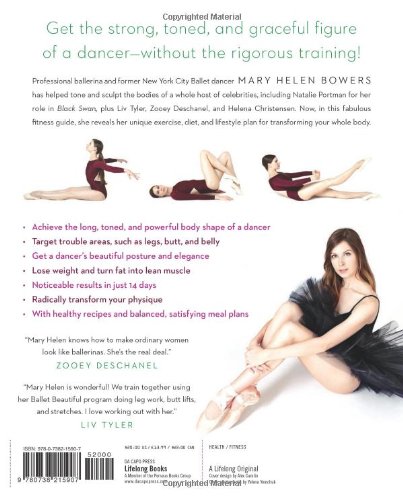 This is how the idea of a series of articles devoted to this issue, the metaphysics of the pandemic, was born. Here is the first sketch.
This is how the idea of a series of articles devoted to this issue, the metaphysics of the pandemic, was born. Here is the first sketch.
Dance in the name of Vit
During pandemics (primarily plague) in Europe, cases of an unusual disease were noted: people affected by it began to dance and could not stop for days and even weeks, until they finally fell dead from a broken heart. The most striking phenomenon was the dance of death, which became widespread in Strasbourg (Alsace) in 1518, about which the great Swiss physician and alchemist Paracelsus wrote in detail. Earlier, something similar was recorded in Erfurt (1237) and Aachen (1417). nine0015
This mental illness recurred from time to time until the 18th century and was called choremania, dance obsession or chorea. Another name, "St. Vitus dance" (French - Saint Guy), this disorder received in honor of the early Christian saint, who was martyred at an early age (seven or twelve years old). In Germany, a ritual has developed on the day of the memory of this saint: to dance in front of his icons and images. A disease similar to "chorea" was discovered in adolescents (whence, probably, the connection with the image of St. Vitus), who had dissociative disorders and mental abnormalities, leading to involuntary convulsive movements, reminiscent of dance figures. This childhood disease (the medical name is "Sydenham's chorea" or "rheumatic chorea") was later distinguished from attacks of plague dancing ("dance plague"), which was called "great chorea" or "German chorea". nine0015
A disease similar to "chorea" was discovered in adolescents (whence, probably, the connection with the image of St. Vitus), who had dissociative disorders and mental abnormalities, leading to involuntary convulsive movements, reminiscent of dance figures. This childhood disease (the medical name is "Sydenham's chorea" or "rheumatic chorea") was later distinguished from attacks of plague dancing ("dance plague"), which was called "great chorea" or "German chorea". nine0015
Both women and men and children took part in the plague dances, and all of them became completely insane and did not succumb to any persuasion to stop.
May be interested
Captain Mutabor. What was Sergei Kuryokhin, the main Soviet avant-garde artist?
Sometimes they tried to heal the dancers, but they broke free and started dancing again. In some cases, special platforms were erected for them and musicians were invited to accompany them - in the hope that the dancers would get tired so quickly and collapse to the ground (but remain alive), although, perhaps, such encouragement had other motives - to look at something outlandish in order to brighten up the terrifying everyday life of the plague.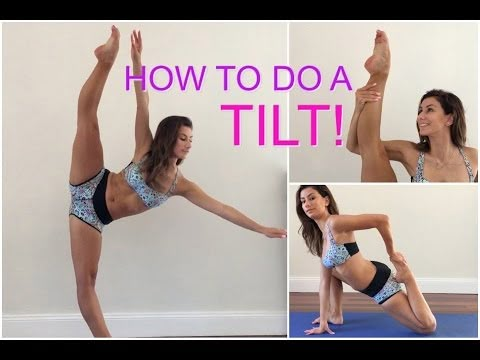 nine0015
nine0015
Spasms Nothing
These strange incidents inspired the extremely popular Baroque and later Romantic scenes associated with the Danse Macabre (German: Totentanz, Spanish: Danza de la Muerte, etc.), the "dance of death", where Death herself acted as a dancer, hidden under the image of a beautiful woman who draws the hero into the deadly maelstrom of fate. We meet these themes in Edgar Poe in The Mask of the Red Death, in Baudelaire in the Dance of Death, etc. In both Poe and Baudelaire, the “dancing Death” embodies Nothing. Poe's hero, Prospero, who decided to take refuge in his castle during a plague epidemic ("self-isolation"), started a luxurious holiday that lasted until an uninvited guest appeared from nowhere, dressed in a dead man's costume - dressed in a shroud and depicting a victim of the epidemic . nine0015
The owner chased the guest, but after catching up with him in the last black room with red windows, where an ominous clock stood, he collapsed dead.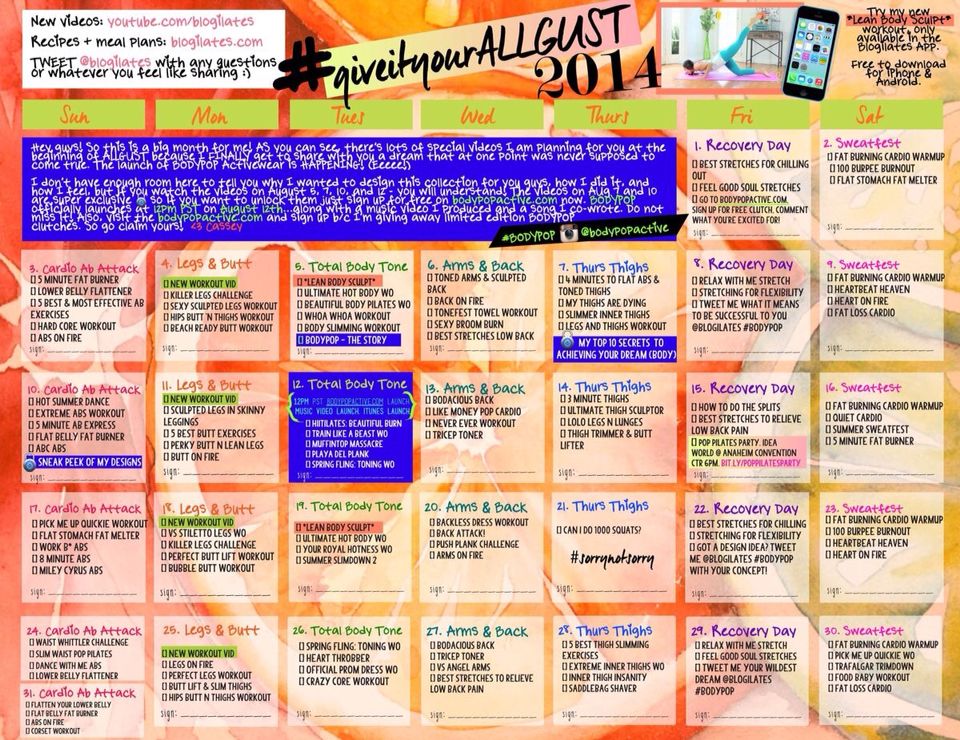 The guests who came running attacked the stranger, but there was no one under his mask and robes.
The guests who came running attacked the stranger, but there was no one under his mask and robes.
See also
Queue for the sun on a cold corner, or Narco-analysis of Russian society
Similarly, in Baudelaire's famous poem, the "dancing Death" embodies a barely veiled Nothing, poignantly emerging from under a carelessly thrown attire and unconvincing make-up. nine0015
Ses yeux profonds sont faits de vide et de ténèbres,
Et son crâne, de fleurs artistement coiffé,
Oscille mollement sur ses frêles vertèbres.
Ô charme d'un néant follement attifé.
Her deep eyes, made of emptiness and darkness,
And her skull, delicately decorated with flowers,
Swaying listlessly on the fragile articulations of the spine,
Oh, the charm of tasteless veiled nothingness! (Translated by author)
The image of dancing death, inspired by the "plague dances", we meet already from the late Middle Ages in illustrations for sermons.
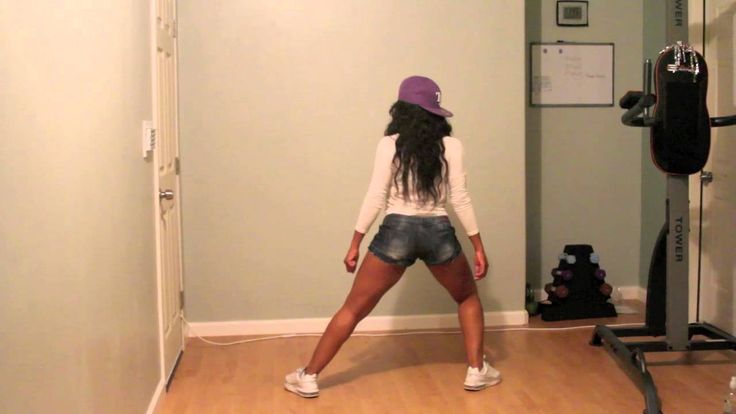 nine0018
nine0018 Collections of special poems on the theme of Danse Macabre, dedicated to admonitions and calls to remember death and the equality of all estates before it, have been preserved. The brightest examples of this storyline are a series of drawings by Hans Holbein the Younger.
RetrievedOrigins of Theatre: Grave Dances
Danse Macabre was often presented as a dance on or around the grave, with participation from all classes, including popes, kings, nobles and commoners, beggars, peasants, children. If we look even deeper, then we come to ancient pre-Christian funeral rites (including Slavic feasts), in which the participants, who gathered on certain days at the grave of a hero or the founder of a city, performed special dance figures and sang tragic songs. Antiquity researcher William Ridgway, a prominent representative of Cambridge ritualism, derived Greek theater and, above all, the genre of tragedy from such funeral rites. In this case, Danse Macabre in its origins goes back to the essence of the theater. This was very subtly captured by Antonin Artaud, who in his famous essay "The Theater and the Plague" connected these two concepts. The connection of the tragedy and its actors with the world of the dead was also expressed in a special attitude towards the acting class, whose representatives - as potential "mortgaged dead" - in some communities were not buried in a Christian cemetery, throwing them into God-houses. nine0015
This was very subtly captured by Antonin Artaud, who in his famous essay "The Theater and the Plague" connected these two concepts. The connection of the tragedy and its actors with the world of the dead was also expressed in a special attitude towards the acting class, whose representatives - as potential "mortgaged dead" - in some communities were not buried in a Christian cemetery, throwing them into God-houses. nine0015
In a sense, the actors embodied the "dead who came out of the grave", temporarily revived (therefore, they were considered potential and dangerous ghouls).
Eschatological countdown
Closely associated with this theme is the persistent plot of the “feast during the plague”, which formed the basis of Wilson’s play, and was later turned by Pushkin into an elegant play with a similar title. The ominous “feast during the plague” is consonant in its eschatological connotations with the Belshazzar feast, which is mentioned in the Bible and during which the mysterious words “Mene, tekel, uparsin” appear on the palace wall, deciphered by the prophet Daniel as an indication of the imminent fall of the Babylonian empire from the hands of the Persians. We are talking about Aramaic measures of weight, which in their structure are connected with the constantly repeating formulas of apocalyptic literature, describing the short period during which the Antichrist is destined to rule (“time, times and half a time”: “mene” means “mina”, and “uparsin "-" half a mine"). nine0015
We are talking about Aramaic measures of weight, which in their structure are connected with the constantly repeating formulas of apocalyptic literature, describing the short period during which the Antichrist is destined to rule (“time, times and half a time”: “mene” means “mina”, and “uparsin "-" half a mine"). nine0015
Dances of the Maccabees
In the Latin tradition Danse Macabre was associated with the tragic death of the seven Maccabee brothers and their mother and was called Chorea Machabæorum. The "Dance of the Maccabees" was performed by both clerics and secular persons, and during it, each of the participants, representing the seven brothers of Maccabees, stepped out of the circle in turn, which symbolized his death.
One of the popular medieval legends tells how three young men went hunting and met three dead men (their ancestors) who gave them a warning: Quod fuimus, estis; quod sumus, vos eritis; "we were like you, you will be like us." This formula, up to our time, is found in Athos monasteries, where the corresponding inscription is repeated in numerous ossuaries, with the skulls of deceased monks stored there.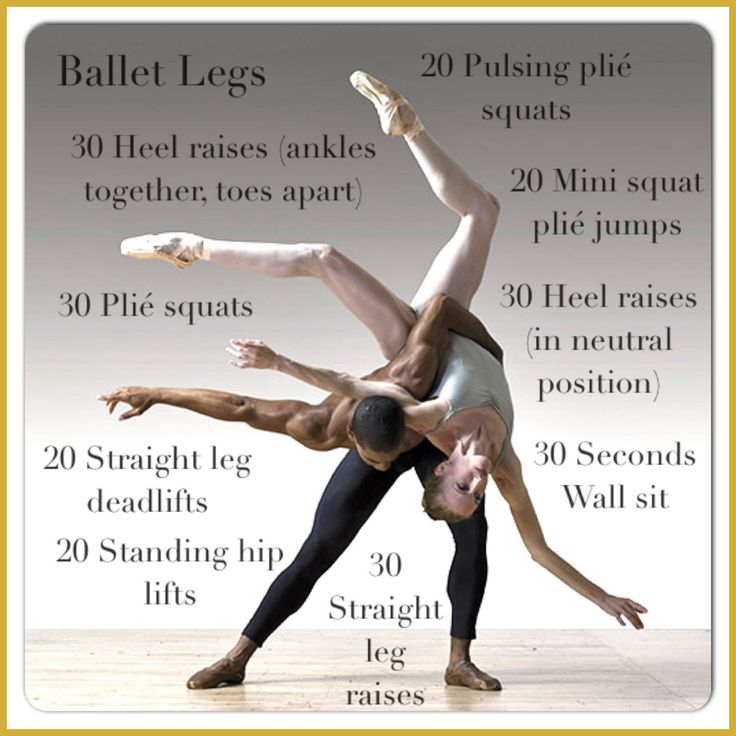 nine0015
nine0015
See also
“Your virtual profiles are infected”: 10 poems inspired by the coronavirus
According to another legend, the tradition of Totentanz (Danse Macabre) originates from an episode that took place in Darmstadt. On Pascha, when the priesthood was leading a festive divine service, a group of wicked people gathered at the temple and started an unbridled dance. God cursed the dancers and doomed them to non-stop circling around the church in his obscene gallop.
The priest who came out of the church identified one of the dancing girls as his daughter and tried, grabbing her by the hand, to pull her out of the infernal circle, but the hand came off, and the mad girl continued to spin.
The participants in this accursed spinning, which lasted a whole year, dug a ditch with their feet, where exactly a year later at the same hour when they began their blasphemous act, and collapsed dead.
Involuntary reaction of the body to death
Dancing death in its complex symbolism and rich associative series can be interpreted in different ways. But in the era of the epidemic, the image of the dancing dead, the crumbling flesh of the world and the rays of Nothing clearly breaking through from under its collapsed plaster acquires a new meaning and special clarity, going far beyond the boundaries of scientific hypotheses.
But in the era of the epidemic, the image of the dancing dead, the crumbling flesh of the world and the rays of Nothing clearly breaking through from under its collapsed plaster acquires a new meaning and special clarity, going far beyond the boundaries of scientific hypotheses.
Maybe interesting
Sexual consumption, well-deserved cancer: how society mythologised serious illnesses
The encounter with imminent and sometimes inevitable death in some cases becomes an irresistible psycho-physiological reaction: it resembles a somatic disorder perseveration , in which a person, unable to stop, convulsively repeats the same action, which has completely lost its meaning. So, in spite of his body, mind and psychological attitude, a person reproduces a series of gestures again and again - and he does not even repeat them himself, but his limbs, muscles, nerves, muscles move involuntarily and dissociatively in a fatal "chorea", in a meaningless fatal dance.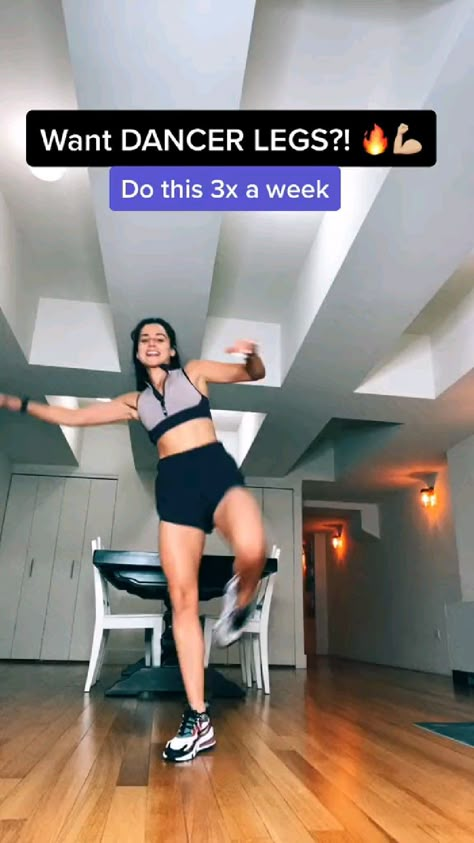 Hence the torn off hand of a girl in one of the legends about the “dance of the Maccabees”. Organs become independent. It is they - arms, legs, thighs, joints, tendons - that start dancing, not paying any attention to the one who arrogantly considered them his obedient tools, subordinate slaves. nine0015
Hence the torn off hand of a girl in one of the legends about the “dance of the Maccabees”. Organs become independent. It is they - arms, legs, thighs, joints, tendons - that start dancing, not paying any attention to the one who arrogantly considered them his obedient tools, subordinate slaves. nine0015
Hello, I am your Death
But what is a dance during a pandemic, what is a feast during a plague? This is nothing but ignoring the challenge of the epidemic, refusing to face approaching death .
The grotesque acquires not the dance itself, but its fatal unstoppability. When a person, brought to the brink of death - and plague or coronavirus are ideal conditions for this brink - continues to do the same thing that he always did when "there was no death", this gives rise to a feeling of dissociative chorea, involuntary and uncontrolled muscle contraction. nine0015
At the moment of the plague, a person must face the fact of his limit, his limit. He must begin to do only what is comparable to death, which must either enter into a struggle with it, or contribute to the existence of the soul on the other side of life. In other words, in a plague situation, a person must either fight for life - his own and someone else's, or turn to God. The only thing he definitely shouldn’t do is “dance”, “feast”, that is, do the same thing that he did before and outside the plague. And when, in spite of the harsh reminder of his mortality (it is no coincidence that the Greeks called people by the stable epithet "mortals", βροτοί), he continues to live as always, all the vanity, alienation, mechanicalness of his existence, of himself becomes clear. Not Lady Death, but the man himself turns out to be Nothing, hastily wrapped in a perishable shell. nine0017
He must begin to do only what is comparable to death, which must either enter into a struggle with it, or contribute to the existence of the soul on the other side of life. In other words, in a plague situation, a person must either fight for life - his own and someone else's, or turn to God. The only thing he definitely shouldn’t do is “dance”, “feast”, that is, do the same thing that he did before and outside the plague. And when, in spite of the harsh reminder of his mortality (it is no coincidence that the Greeks called people by the stable epithet "mortals", βροτοί), he continues to live as always, all the vanity, alienation, mechanicalness of his existence, of himself becomes clear. Not Lady Death, but the man himself turns out to be Nothing, hastily wrapped in a perishable shell. nine0017
When the plague comes, a person faces himself.
And his dance, and his dinner, and his pastime turn into Danse Macabre.
The triumph of the liberals: everyone is free
The extravagant French writer Grasse d'Orsay in his essay "Danse Macabre" recalls that in medieval European culture the concept of libre, "free", was sometimes interpreted as "liberating from life. " Therefore, Death was considered the most liberal element. Turning a person into nothing, she freed him from all the shackling networks of collective identity. It is no coincidence that representatives of all classes took part in the dance of Death: at last they were all free. Such nihilism, which is clearly manifested during the pandemic, is deeply related to liberalism in its foundations: freeing itself from social ties, isolating itself in its individuality, a person is drawn into the dance of Death and it becomes more and more clear that he is only a “parliament of organs” dependent on the medical apparatus. or vaccines, from a protective mask or an engineer in a white coat, who gain absolute power over the disparate fragments of "naked life". nine0015
" Therefore, Death was considered the most liberal element. Turning a person into nothing, she freed him from all the shackling networks of collective identity. It is no coincidence that representatives of all classes took part in the dance of Death: at last they were all free. Such nihilism, which is clearly manifested during the pandemic, is deeply related to liberalism in its foundations: freeing itself from social ties, isolating itself in its individuality, a person is drawn into the dance of Death and it becomes more and more clear that he is only a “parliament of organs” dependent on the medical apparatus. or vaccines, from a protective mask or an engineer in a white coat, who gain absolute power over the disparate fragments of "naked life". nine0015
The epidemic is Danse Macabre.
It is easy to see how modern (modernist) and even postmodernist is the classic plague doctor mask, anticipating the medical gas mask.
5 Ways to Surprise Humanity with Dance
StoriesMusic and Books
Dance on a Busy Street
Fatboy Slim - Praise You
The members of The Torrance Community Dance Group led by director Spike Jonze set a good, contagious example for all street dancers.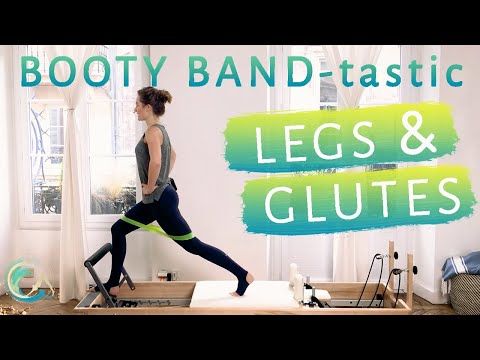 The video, made in the "gorilla style" - that is, without the consent of the management of the cinema in front of which these crazy dances were arranged, once again proves that a good dancer does not need skills and a sense of rhythm. All he needs is thin sweatpants, true friends and an irresistible desire to jump. nine0015
The video, made in the "gorilla style" - that is, without the consent of the management of the cinema in front of which these crazy dances were arranged, once again proves that a good dancer does not need skills and a sense of rhythm. All he needs is thin sweatpants, true friends and an irresistible desire to jump. nine0015
Dance at the hipster party
Kar-Men - Chio Chio San
Hipsters are known to mankind as the inventors and owners of the patent for the use of sour mine - an indifferent facial expression that smacks of boredom and contempt - a trademark of each of them. Therefore, if the roads of fate ever lead you to a party with hipsters, don’t be shy and don’t be shy - just take a worn cassette with the voices of Sergey and Bogdan out of your pocket and give the hipsters a fuss. It will discourage and immobilize them, and it will add popularity to you. nine0015
All it takes to learn how to dance like an exotic pop duo is to let your head and hips take on a life of their own and not stop until the final chord is played.
Dance in a hut lost in the deep forest
Basement Jaxx - Take Me Back To Your House , a snow-covered village somewhere in the middle lane in mid-January. If you have only vodka and balalaika at hand, you have no choice but to literally take your feet in your hands and start dancing. Then, when the legs enter the rhythm and begin to dance on their own, without requiring the participation of other parts of the body, the hands can be folded in a student way in front of you, allowing them to rest. nine0015
Fitness club dance
OK Go - Here It Goes Again
Chicago video experimenters, each clip of which is as difficult to perform as it is fun to watch, earned their first bonuses with the help of non-trivially used simulators. After watching this video ten to fifteen times, you will be able to learn some of the basic elements of mr muscle rock and roll and will definitely add life to the airless space of your fitness club.
Dance at the collective farm wedding
gr.
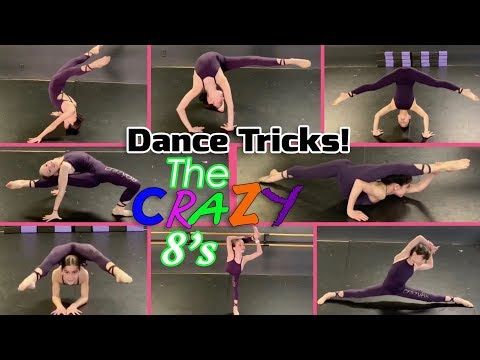

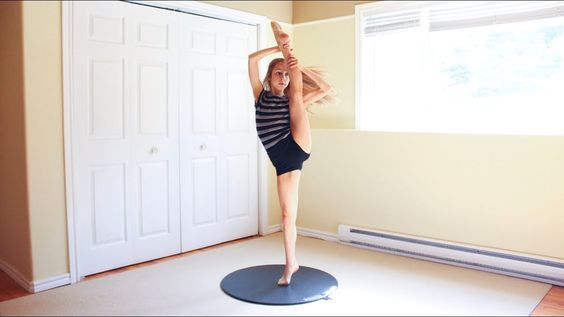 So what you had was just a crew. Within a crew you had brothers who liked to just rock the mike, while other b-boyed or deejayed. The first crew that I ever got down with was The Bronx Boys. There was an affiliation with Rocksteady at that time. The Bronx Boys had a lot of different things. We had everything from stick up kids to B-boys.
So what you had was just a crew. Within a crew you had brothers who liked to just rock the mike, while other b-boyed or deejayed. The first crew that I ever got down with was The Bronx Boys. There was an affiliation with Rocksteady at that time. The Bronx Boys had a lot of different things. We had everything from stick up kids to B-boys.  Thats how the B-Boys were labeled. They were known as the Break Boys-the brothers that would dance to the percussive part of the record or the break. Thats how we got labeled. That was our title. It had nothing to do with how we dressed. Some of us were straight up bums and some of us were fly. It had nothing to do with a stance or a pose.
Thats how the B-Boys were labeled. They were known as the Break Boys-the brothers that would dance to the percussive part of the record or the break. Thats how we got labeled. That was our title. It had nothing to do with how we dressed. Some of us were straight up bums and some of us were fly. It had nothing to do with a stance or a pose.  We got into the movie when we were put on stage to perform. It was just for fun. We never really cared whether or not the crowd was going crazy or if they knew we did a move right or wrong. We just went up there for ourselves. There were no dreams of stardom, fame or anything like that. It was really just done for the love.
We got into the movie when we were put on stage to perform. It was just for fun. We never really cared whether or not the crowd was going crazy or if they knew we did a move right or wrong. We just went up there for ourselves. There were no dreams of stardom, fame or anything like that. It was really just done for the love. .gif) We didn't go up there and try and candy coat it or anything like that. The only time things got weird was when we were tied into Virgin records and they wanted us to do some flimsy stuff. We were always against that.
We didn't go up there and try and candy coat it or anything like that. The only time things got weird was when we were tied into Virgin records and they wanted us to do some flimsy stuff. We were always against that.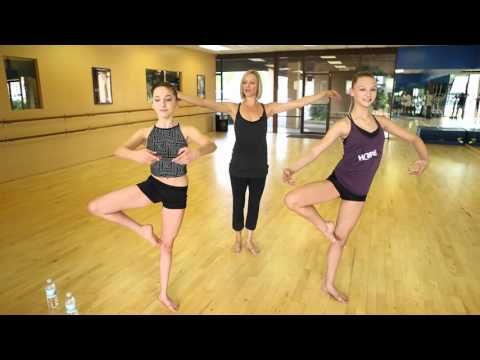 .
. Being around Afrika Bambaataa and people like him, opened us up to so many different styles of music like rock, punk rock, roots, soul, funk and electrofunk. Right now its just straight and narrow Rap. The clubs back then were way better then the clubs right now..
Being around Afrika Bambaataa and people like him, opened us up to so many different styles of music like rock, punk rock, roots, soul, funk and electrofunk. Right now its just straight and narrow Rap. The clubs back then were way better then the clubs right now..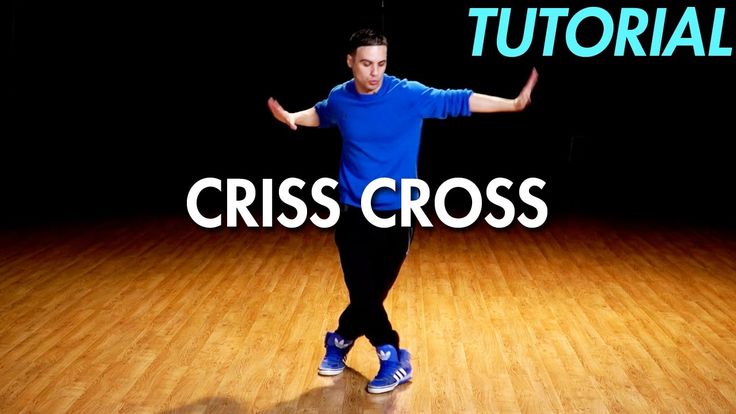
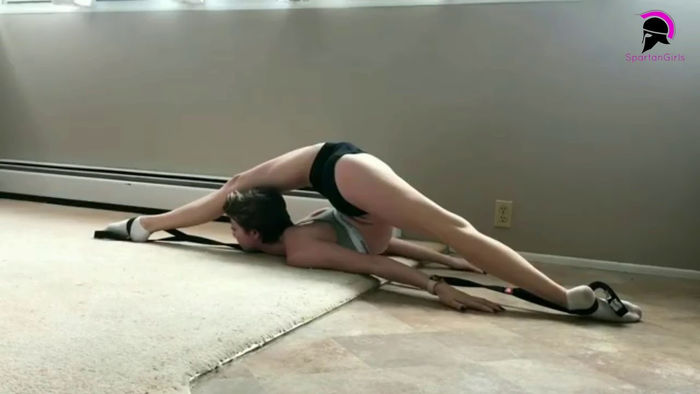 I think a lot of brothers out there are just one dimensional. They're only focused on 'how they can get mine?' And when the rug is pulled out from under them, those are the same people that finally recognize and say 'Yo man, I remember you. They only come up and say that after they lose everything.
I think a lot of brothers out there are just one dimensional. They're only focused on 'how they can get mine?' And when the rug is pulled out from under them, those are the same people that finally recognize and say 'Yo man, I remember you. They only come up and say that after they lose everything. All these other dances are just something to have fun with on the dance floor.
All these other dances are just something to have fun with on the dance floor.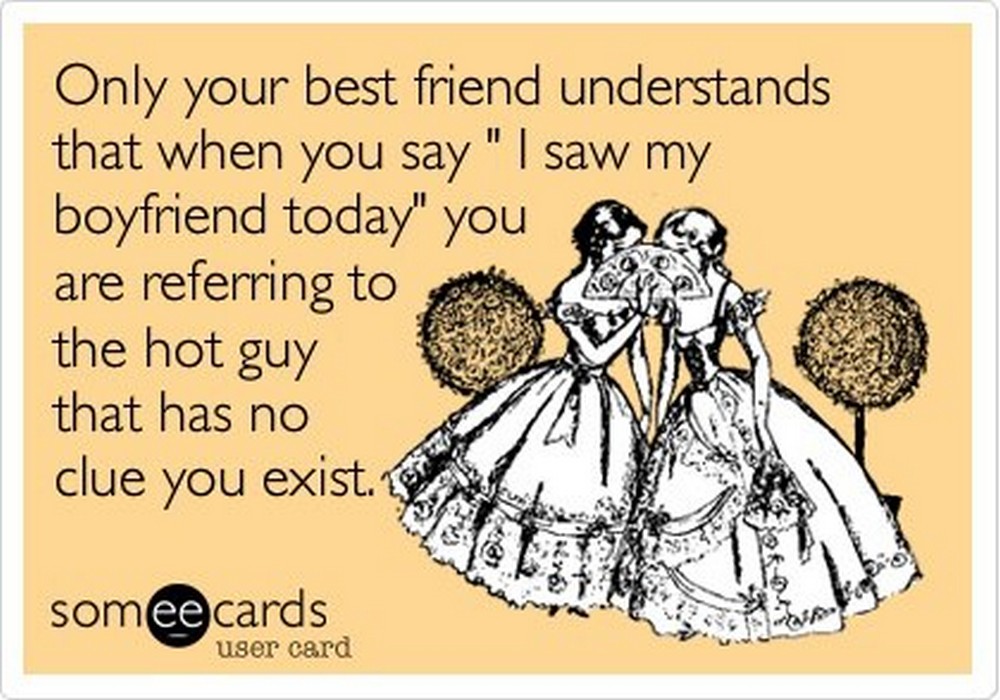 If you're going to make some soup, you still need the water. There are just certain things that you can not ignore or forget. My theory is this When you're out there dancing, you are partners with the music, but you will never be the lead. A lot of people don't understand that and they wind up running out there and trying to do something for the sake of being acrobatic. It may wind up being something that is obviously dynamic to the eye. They act like they're off to the races. They just do moves and have no regard for the music. When I go out and dance, I allow myself to dissolve into the music and I see where the music is taking me.
If you're going to make some soup, you still need the water. There are just certain things that you can not ignore or forget. My theory is this When you're out there dancing, you are partners with the music, but you will never be the lead. A lot of people don't understand that and they wind up running out there and trying to do something for the sake of being acrobatic. It may wind up being something that is obviously dynamic to the eye. They act like they're off to the races. They just do moves and have no regard for the music. When I go out and dance, I allow myself to dissolve into the music and I see where the music is taking me. 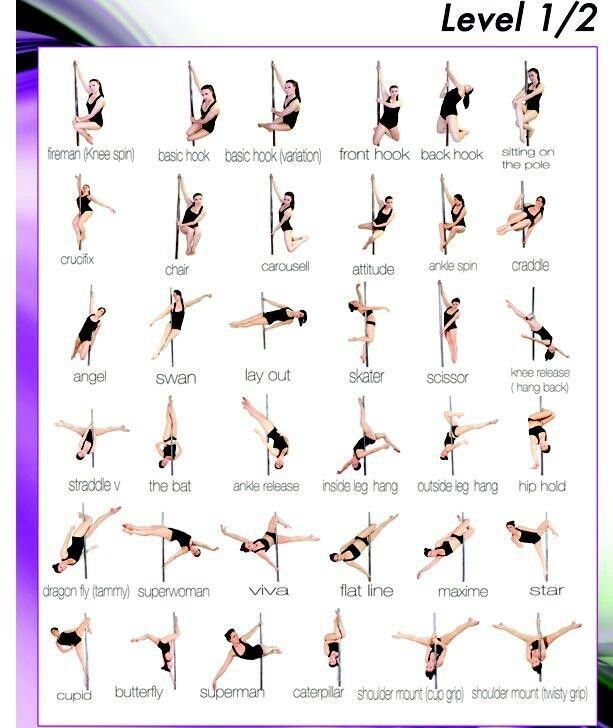 People took off from there. In capoera, your back is not allowed to touch the floor. We as b-boys spend so much time with our backs on the floor. We always have things that definitely manifest at different times. I'm not saying that a move we do in b-boying couldn't have been made up within another art form, at some other time, within some other culture or some other place. But when it comes to Hip Hop and B-Boying, many of these other things we came upon like capoera moves was by accident. When I evolved the backspin, which lead to the continuous backspin, which everyone knows as the windmill it was by accident. The 1990 was by accident, I was trying to do something else.
People took off from there. In capoera, your back is not allowed to touch the floor. We as b-boys spend so much time with our backs on the floor. We always have things that definitely manifest at different times. I'm not saying that a move we do in b-boying couldn't have been made up within another art form, at some other time, within some other culture or some other place. But when it comes to Hip Hop and B-Boying, many of these other things we came upon like capoera moves was by accident. When I evolved the backspin, which lead to the continuous backspin, which everyone knows as the windmill it was by accident. The 1990 was by accident, I was trying to do something else.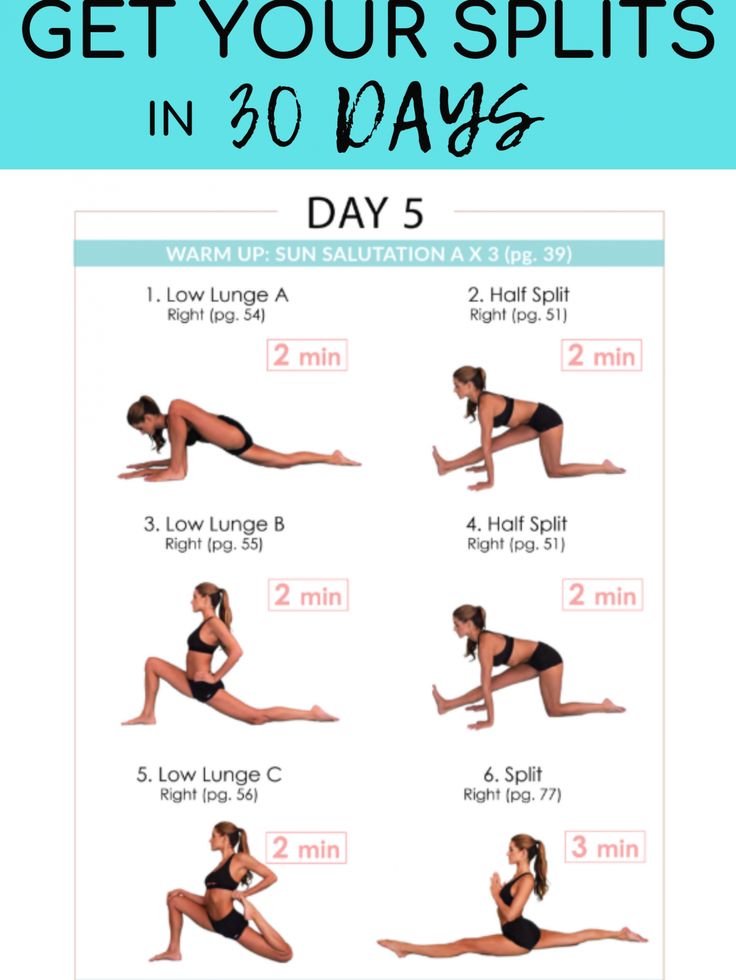
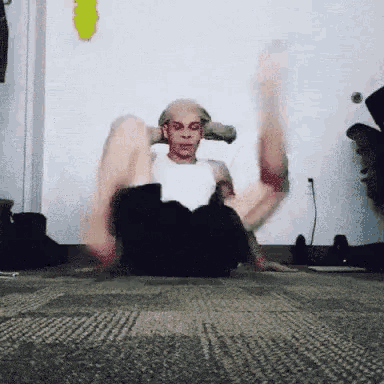 That didn't come into play until more Puerto Ricans got involved in the mid 70s. We then took the dance, evolved it and kept it alive. In '79 I was getting dissed. I would go into a dance and I would get dissed by a lot of brothas who would ask 'Why y'all still doing that dance? Thats played out'. By 79, there were very few African American brothas that was doing this I one say one other thing. We always maintained the flava. It was like a changing of the guard and all we did was add more flava to something that already existed. We use to refer to it as Moreno style or Cocola style. That was just the slang back then. There were certain Top Rocks called Latin Rock
That didn't come into play until more Puerto Ricans got involved in the mid 70s. We then took the dance, evolved it and kept it alive. In '79 I was getting dissed. I would go into a dance and I would get dissed by a lot of brothas who would ask 'Why y'all still doing that dance? Thats played out'. By 79, there were very few African American brothas that was doing this I one say one other thing. We always maintained the flava. It was like a changing of the guard and all we did was add more flava to something that already existed. We use to refer to it as Moreno style or Cocola style. That was just the slang back then. There were certain Top Rocks called Latin Rock 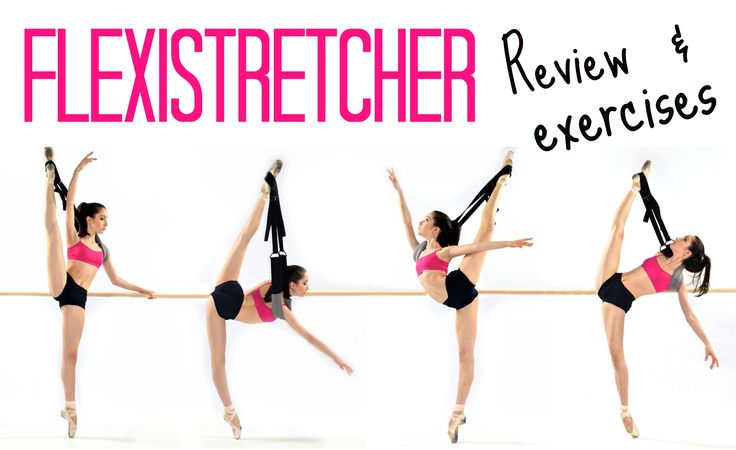 The segregation didn't exists when it came to Latinos and Blacks the way it may be in places like LA where you have straight up Black neighborhoods and straight up Latin neighborhoods. Out here in NY, my neighborhood consisted of everything. We shared our cultures. You have brothas who have no problem speaking Spanish out here. Brothas out here know how to go to a Spanish restaurant and order food.
The segregation didn't exists when it came to Latinos and Blacks the way it may be in places like LA where you have straight up Black neighborhoods and straight up Latin neighborhoods. Out here in NY, my neighborhood consisted of everything. We shared our cultures. You have brothas who have no problem speaking Spanish out here. Brothas out here know how to go to a Spanish restaurant and order food. 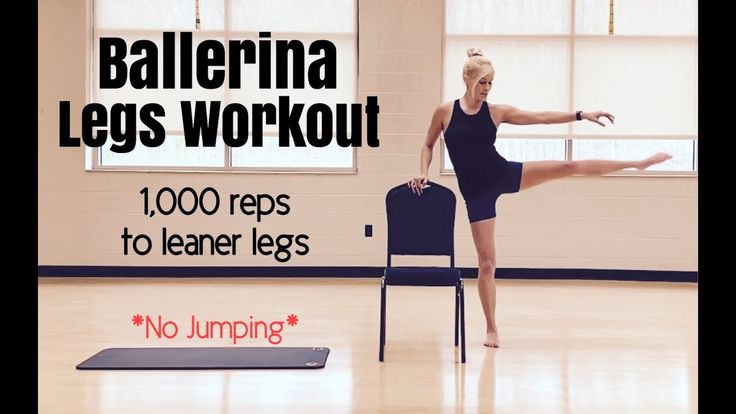 The proclamation acknowledges Rocksteady as a group from the Bronx that is helping to preserve a dance form that started out in the Bronx. I personally have contributed to Fernando Ferrer's campaign. We also have a non-partisan voter registration drive during the anniversary as well.
The proclamation acknowledges Rocksteady as a group from the Bronx that is helping to preserve a dance form that started out in the Bronx. I personally have contributed to Fernando Ferrer's campaign. We also have a non-partisan voter registration drive during the anniversary as well.  .
. 
